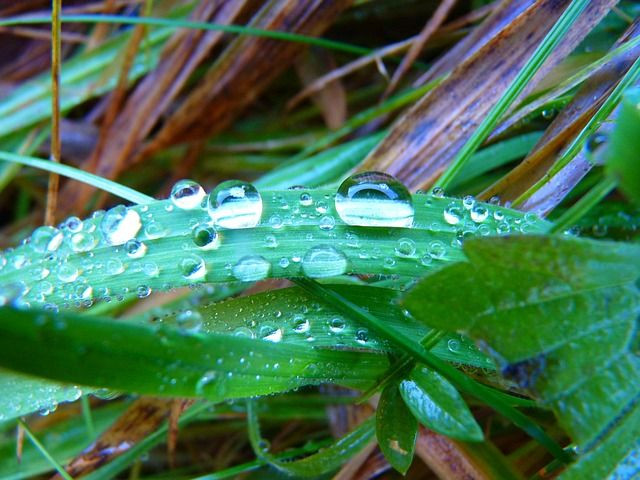Early Human Ancestors Dined on Grass 3.5 Million Years Ago

New research suggests that early human ancestors began eating grass half a million years earlier than believed.
Researchers found that unlike their predecessors who mostly lived on fruit and insects, our ancestors living 3.5 million years ago in central Africa got half their nutrition from tropical grasses and sedges, according to a new study published Nov. 12 in the Proceedings of the National Academy of Sciences.
Study author Julia Lee-Thorp, an archaeologist at the University of Oxford, said that this is the earliest evidence of early hominins eating savannah plants.
Researchers analyzed the bones of Australopithecus bahrelghazali, which lived on savannahs near Lake Chad in Africa and found high levels of carbon-13, which is typical of animals with diets comprised of a lot of grasses and sedges.
"We found evidence suggesting that early hominins, in central Africa at least, ate a diet mainly comprised of tropical grasses and sedges," Lee-Thorp said in a press release.
"No African great apes, including chimpanzees, eat this type of food despite the fact it grows in abundance in tropical and subtropical regions. The only notable exception is the savannah baboon, which still forages for these types of plants today. We were surprised to discover that early hominins appear to have consumed more than even the baboons," she added.
Previously, the earliest evidence of grass eating was believed to be 2.8 million years ago, and scientists say that an earlier hominin, the 4.4-million-year-old Ardipithecus ramidus did not eat grass.
Researchers believe that the A. bahrelghazali may have eaten roots, corms and bulbs at the base of plants rather than grass blades, which were probably too abrasive and tough to break down and digest. They added that their diet might have helped them leave their ancestral home in east Africa for Lake Chad.
"Based on our carbon isotope data we can't exclude the possibility that the hominins' diets may have included animals that in turn ate the tropical grasses. But as neither humans nor other primates have diets rich in animal food, and of course the hominins are not equipped as carnivores are with sharp teeth, we can assume that they ate the tropical grasses and the sedges directly," Lee-Thorp concluded.
Published by Medicaldaily.com



























